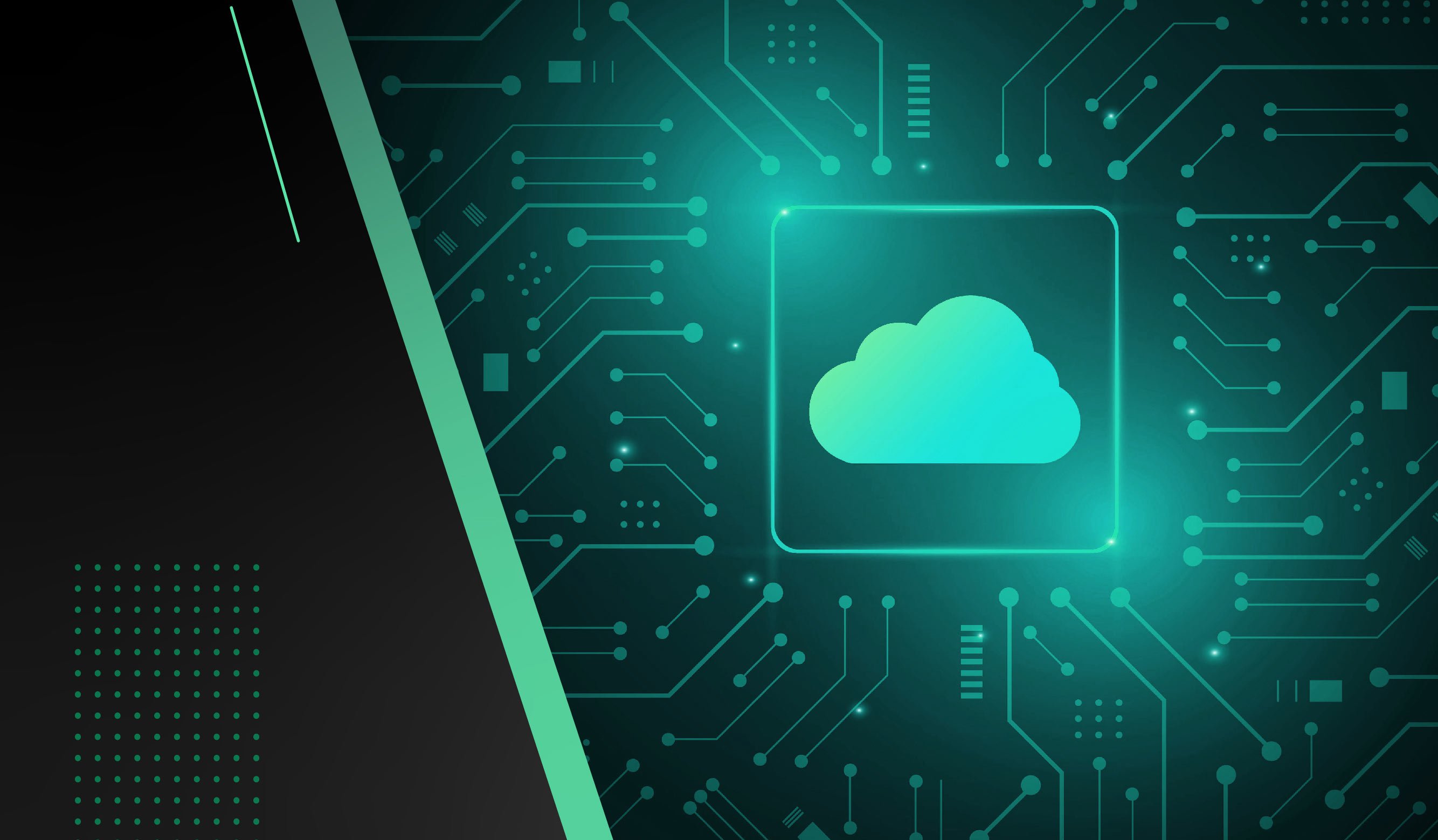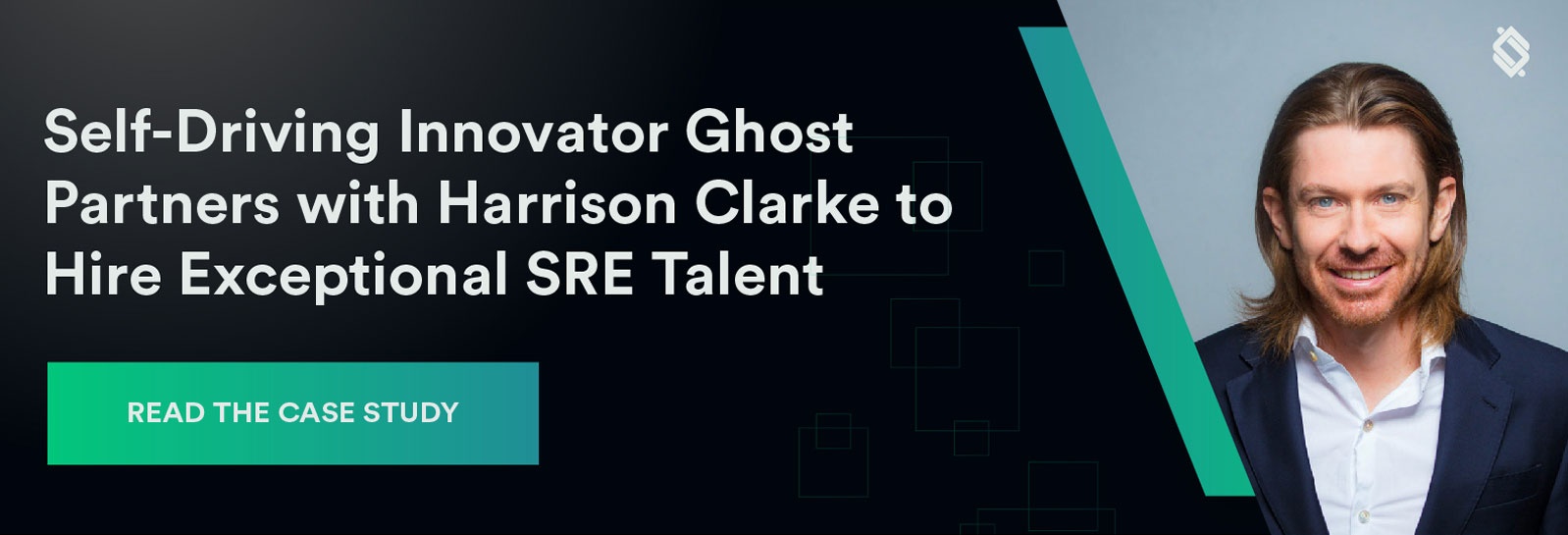Edge computing and cloud computing are two types of data processing and storage technologies that enable high-performance and innovation-driven business growth. Cloud computing processes workloads in a centralized and secure data center, while edge computing pushes data processing closer to the source (i.e., on edge devices).
Cloud adoption has provided leading enterprises with significant value thanks to faster product development, business innovation, and hyper-scalability capabilities. Cloud computing supercharged digital transformation and technological advancements to meet the challenges of today’s business and socioeconomic landscape.
However, many use cases emerged over time where cloud migration proved ineffective (such as workloads containing sensitive data or massive workloads that generate high latency). Edge computing helps address those use cases and ultimately augments the capabilities of the cloud, opening new opportunities for innovation and business growth.
What is cloud computing?
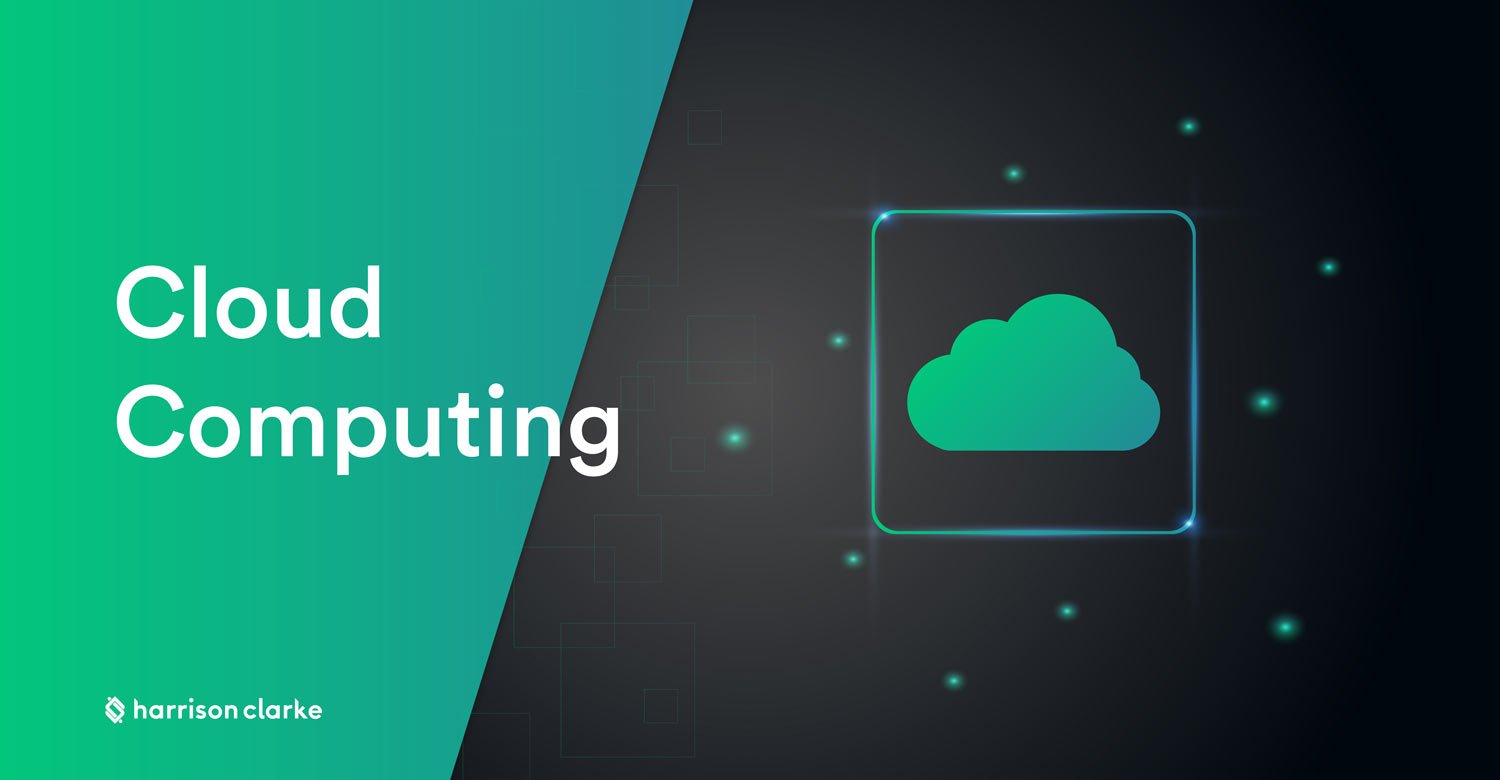
Cloud computing represents the on-demand provision of computing resources via the Internet using a “pay-as-you-use” model. These computing resources typically include servers, data storage systems, networking, infrastructure, software applications, analytics, and more.
A keystone to digital transformation, cloud computing enables businesses to become more agile, innovate faster, and improve customer experience.
The top benefits of cloud computing include:
- Cost reduction: The cloud transforms IT infrastructure into a utility, allowing organizations to use (and pay only for) the resources they need without buying, owning, and maintaining on-premises hardware;
- Faster innovation: Organizations can rapidly spin up resources on an as-needed basis and deploy new digital customer services globally within minutes;
- Elasticity: Cloud provides elastic scalability (i.e., adjusting computing power, storage, and bandwidth as needed) to support flexible workloads and enables remote teams to collaborate across multiple locations.
Types of cloud computing
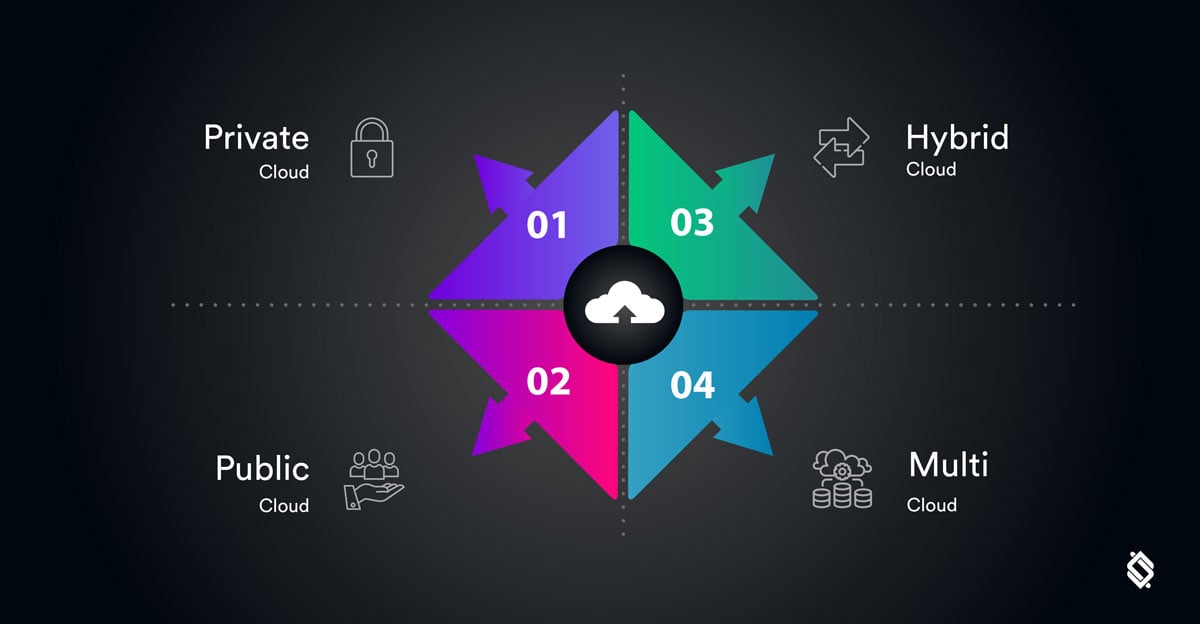
There are four main cloud deployment models, each having its unique features. Most organizations use a combination of private and public clouds (a hybrid or multi-cloud approach).
Private cloud
A private cloud is used by one organization. It can be hosted on-premises or in the data center of a cloud service provider. A private cloud provides organizations with the highest level of security and resource control.
Public cloud
Unlike private clouds, public clouds can be used by many organizations. However, they are owned by cloud service providers. Using public cloud services requires a relatively small initial investment. Organizations don’t have to maintain their own IT infrastructure and can quickly add users or computing power as needed.
Hybrid cloud
A hybrid cloud brings together the features of both private and public cloud deployment models. Under this model, organizations can host the most important applications on their own servers, while the rest of applications—at the cloud service provider.
Multi cloud
Multi-cloud infrastructure has more than one cloud service (either private or public), and they are not necessarily connected. A multi-cloud approach involves combining services from different cloud providers. This provides organizations with the broadest range of services and pricing, and they can benefit from the highly flexible, cost-optimized cloud environment.
What is edge computing?
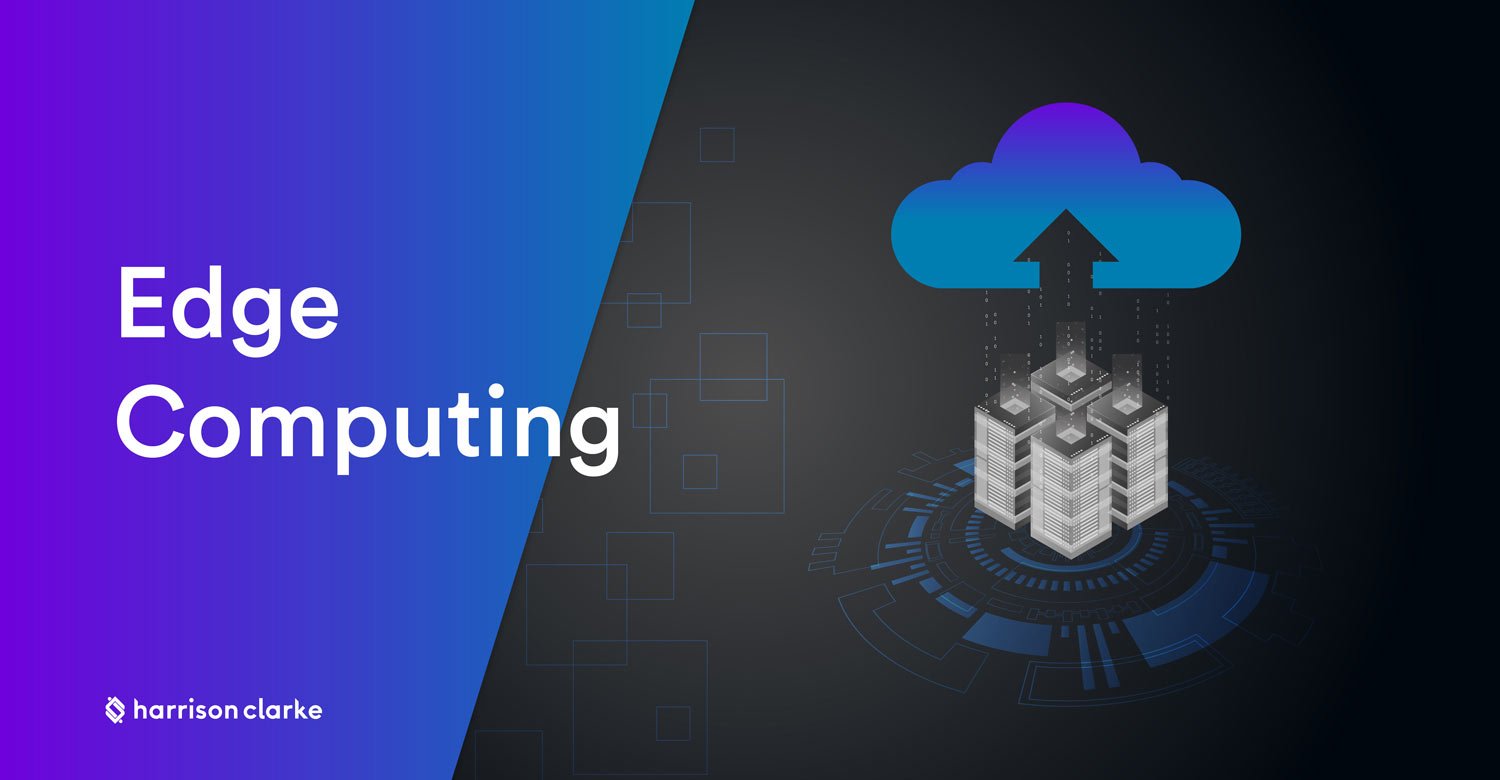
Edge computing involves processing data in real-time near the data source, which is considered the “edge” of the network. The device connects to the Internet through a local gateway device rather than sending data to a cloud server or data center for processing. This helps to eliminate latency and improve bandwidth.
An edge device is a device located at the edge of the network. It has sufficient power and computational resources to process data from sensors, cameras, and other devices. While edge devices can be a part of larger cloud infrastructure, edge computing is intentionally separated from a cloud. An edge device represents a place where data is collected, and edge computing stands for an action—collecting and processing data.
By pushing compute and network resources closer to the point of interaction, edge computing helps reduce communication latency, improves response time, and provides faster and more comprehensive analysis in near-real-time.
Benefits of using edge computing:
- Significantly reduced waiting time in analytical processing;
- Getting valuable insights in real-time;
- Often edge computing is the only option for resources that do not have continuous network access (e.g., tablets and smartphones in agricultural applications).
Common use cases of edge computing
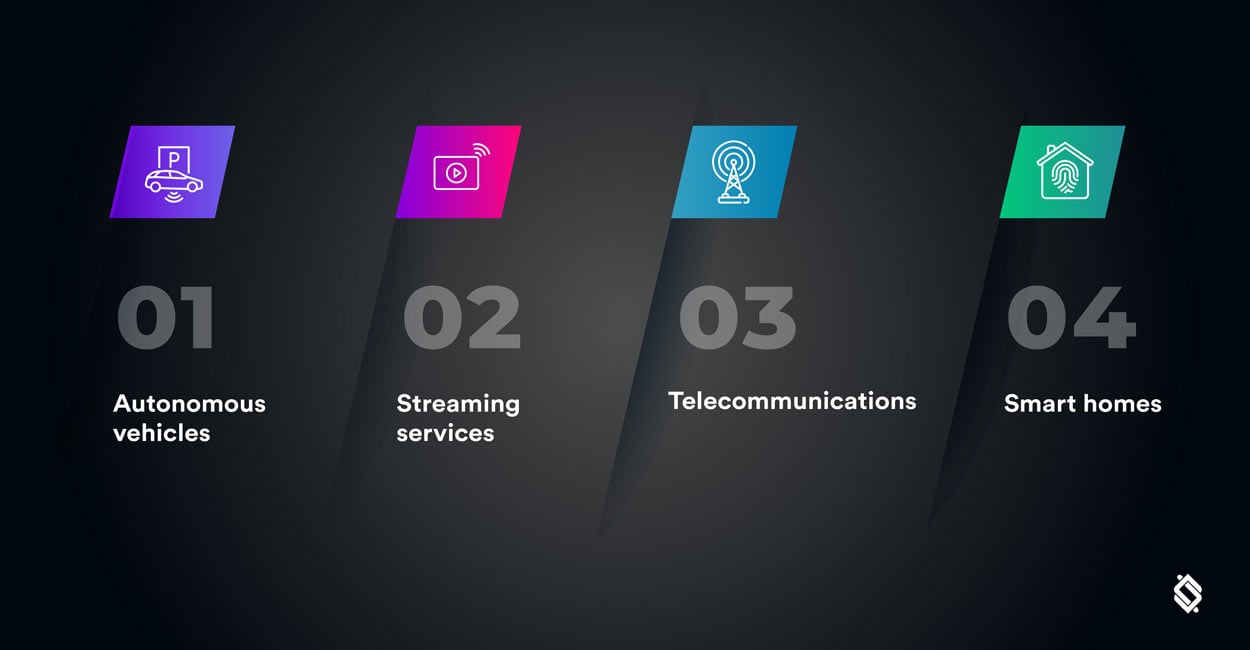
Edge computing can benefit organizations across data-intensive, low-latency industries, particularly in the case of safety-critical applications that require low latency and short response times.
Autonomous vehicles
Self-driving cars need a considerable amount of data from their environment to work properly in real-time. If using cloud computing, an unwanted delay would occur while processing data.
Streaming services
Streaming services (Netflix, Amazon Prime, and many others) apply edge computing to create a better experience with edge caching. Cached content is stored closer to end-users to provide faster access to it.
Telecommunications
The combination of edge and cloud computing accelerates and simplifies 5G deployments, ensuring fast and balanced resource allocation across hubs.
Smart homes
There is also too much network load with smart homes to rely on cloud computing alone. Processing information closer to the source generates less latency and faster response times in emergencies when medical teams, firefighters, or the police are needed.
Edge and cloud enhance digital initiatives

Cloud computing opens great opportunities to use powerful computing resources as needed. However, edge computing is more appropriate for real-time insights. In addition, using cloud and edge computing in tandem provides advanced computing capabilities for organizations’ needs. As Stephanie Chiras, Senior Vice President of the Platforms Business Group at Red Hat, says, “There is no doubt that edge computing and cloud computing are intimately tied.” As cloud computing evolves, edge computing will take decision-making to new dimensions, delivering significantly improved customer experiences.
